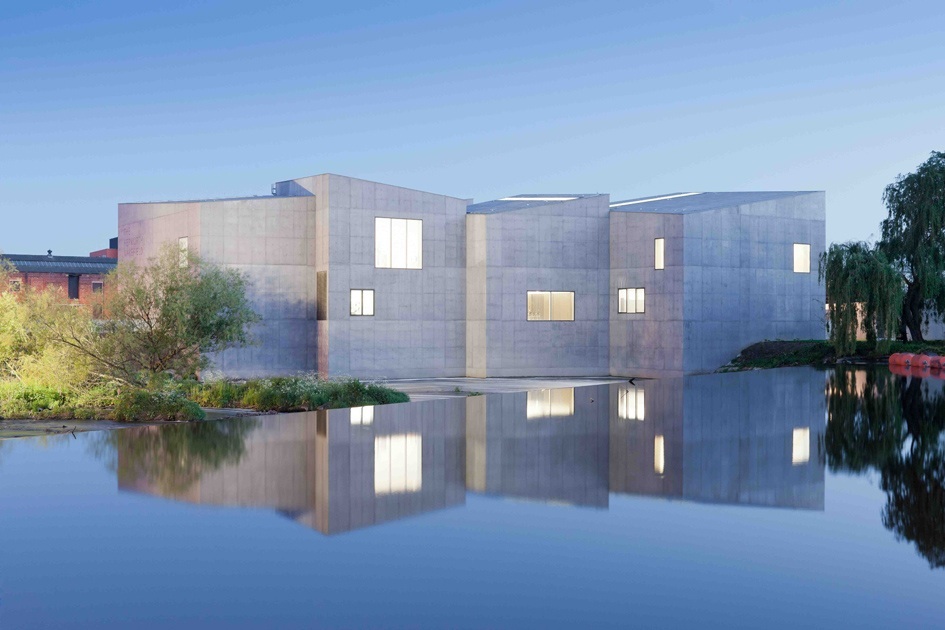The Hepworth Wakefield. By Andrew Graham-Dixon.
The Hepworth Wakefield is a new purpose-built art gallery in the heart of south-east Yorkshire. Designed by David Chipperfield and sited in the citys conservation area, on the headland of the river Calder, the building is formed from an agglomeration of ten differently sized trapezoidal blocks encased in a type of pigmented concrete serendipitously known as Hepworth Brown (although its colour is actually closer to the red end of the spectrum). From the outside it distantly evokes Cubist assemblages, or the Constructivist sculptures of the early twentieth century. Inside, the emphasis is on light and space, with big open galleries illuminated by large and often asymmetrically placed windows.
Named after the sculptor Barbara Hepworth (1903-75), who was originally born in Wakefield, the building has been created to house temporary exhibitions the first of which is a display of new sculptures by Eva Rothschild as well as twentieth-century works from Wakefields existing civic collections, enhanced by loans from Tate, the Arts Council and the British Council, among others. But its main focus is on the work of Hepworth herself. A number of the displays set her sculpture in the context of early modern British and European art, placing it in the company of for example paintings by Mondrian, constructions by Naum Gabo, reliefs by Ben Nicholson and sculptures by Henry Moore. Others recreate her actual studio methods, showing for example that she was a natural improviser, using a cheesegrater to roughen the surfaces of her plaster casts, or using car bodyfiller to impart the desired texture to the surface of an aluminium maquette. But the heart of the new museum is given over to the Hepworth Family Gift, a collection of some forty of the artists prototypes and models, many of them large in scale....


